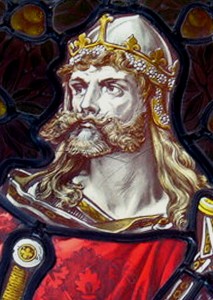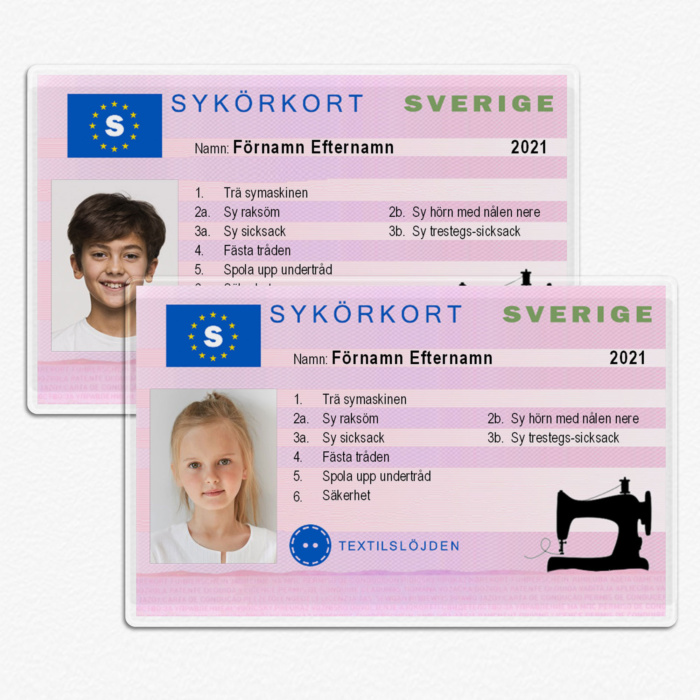The story behind the Battle of Hastings and the leaders who fought it out in 1066.
 King Edward lll of England (called “The Confessor” because he built Westminster Abbey in London) died on January 5, 1066, after a reign of 23 years. Leaving no heirs, Edward’s death started a three-way rivalry for the crown that culminated in the Battle of Hastings and the end of the Anglo-Saxon rule of England.
King Edward lll of England (called “The Confessor” because he built Westminster Abbey in London) died on January 5, 1066, after a reign of 23 years. Leaving no heirs, Edward’s death started a three-way rivalry for the crown that culminated in the Battle of Hastings and the end of the Anglo-Saxon rule of England.
Who should be the next King? Saxon England didn’t have any firm rules about who should be King. When a king died, the crown passed to whoever could show that they had some sort of blood claim and managed to grab the throne before anyone else got it.
The claim to the English throne
 Harold Godwinson was born in England and he was popular with ordinary people. Harold was a leading Saxon Lord and the brother of Edward’s wife. He had won a number of battles for Edward. Harold was chosen to succeed Edward the Confessor. He also said that it was Edward’s dying wish that he should have the crown but there were no witnesses to Edward saying this. The day after Edward died, Harold became King Harold ll of England even if he was not of royal birth.
Harold Godwinson was born in England and he was popular with ordinary people. Harold was a leading Saxon Lord and the brother of Edward’s wife. He had won a number of battles for Edward. Harold was chosen to succeed Edward the Confessor. He also said that it was Edward’s dying wish that he should have the crown but there were no witnesses to Edward saying this. The day after Edward died, Harold became King Harold ll of England even if he was not of royal birth.
 William, Duke of Normandy was a distant cousin of Edward the Confessor. He said that both Edward and Harold had promised him the throne. The story goes like this:
William, Duke of Normandy was a distant cousin of Edward the Confessor. He said that both Edward and Harold had promised him the throne. The story goes like this:
When Edward was a boy King Knut (Canute) invaded England and Edward ran away to Normandy for safety. He stayed in Normandy until he became the King of England in 1042. Edward invited William of Normandy to his court in 1051 and supposedly promised to make him the heir.
After a shipwreck in 1064, Harold was handed over to William of Normandy. William forced Harold to swear an oath to help him become the next king of England when Edward died. It was said that the oath was given over a box that contained the bones of a saint. Oaths were important during the Middle Ages and bound Harold to keep his promise to William. This made Harold’s own claim to the throne look illegal.
 Hardråde was the Viking king of Norway and a direct descendant of the kings of England. He was related to King Knut, the King of England from 1016-1032. England was ruled by Norwegian kings right up until 1042 when Edward the Confessor (the last Saxon King) snatched back the throne from them. Hardråde was very unpopular, but very powerful. His name was enough to strike fear into his enemies.
Hardråde was the Viking king of Norway and a direct descendant of the kings of England. He was related to King Knut, the King of England from 1016-1032. England was ruled by Norwegian kings right up until 1042 when Edward the Confessor (the last Saxon King) snatched back the throne from them. Hardråde was very unpopular, but very powerful. His name was enough to strike fear into his enemies.
The battle of Stamford Bridge

The Battle of Stamford Bridge
The celebrations of victory ended quickly. News came of the Norman invasion. and no-one was left along the south coast of England! The Saxon army raced south to face the Norman invaders.
The Battle of Hastings

The Battle of Hastings
Then the Saxons made their fatal mistake. Some of Harold’s men broke their shield wall to chase the Normans, who they thought were retreating. This was to be their biggest mistake because no sooner had the Normans reached the bottom of the hill, they turned round and cut the English to bits. The Norman cavalry rode among the English, hacking them down. Finally, William brought in his archers and Harold’s luck ran out. The arrows didn’t break the Saxon line, but the story says an arrow hit Harold in the eye. The battle lasted six hours.
William – The New King of England
When William won the Battle of Hastings, he got the title ‘Conqueror’. He marched to London and was crowned King on Christmas Day 1066.
In 1067, William started to build the Tower of London, the great fortress which demonstrated his power. He also built Windsor Castle, the largest castle in England.
William used the “Feudal System” which meant that the King owns everything (land, animals and buildings). 
He rented everything to his Barons and in return they provided him with an army. In return the Barons leased out the land to local farmers and millers etc.
In 1086 he ordered a detailed description of the resources and taxable values in England. Not even one ox, one cow or one pig escaped notice. All this information was written down in the Doomsday Book.




